What Is Brown Rot Blossom Blight: How To Treat Brown Rot Blossom Blight
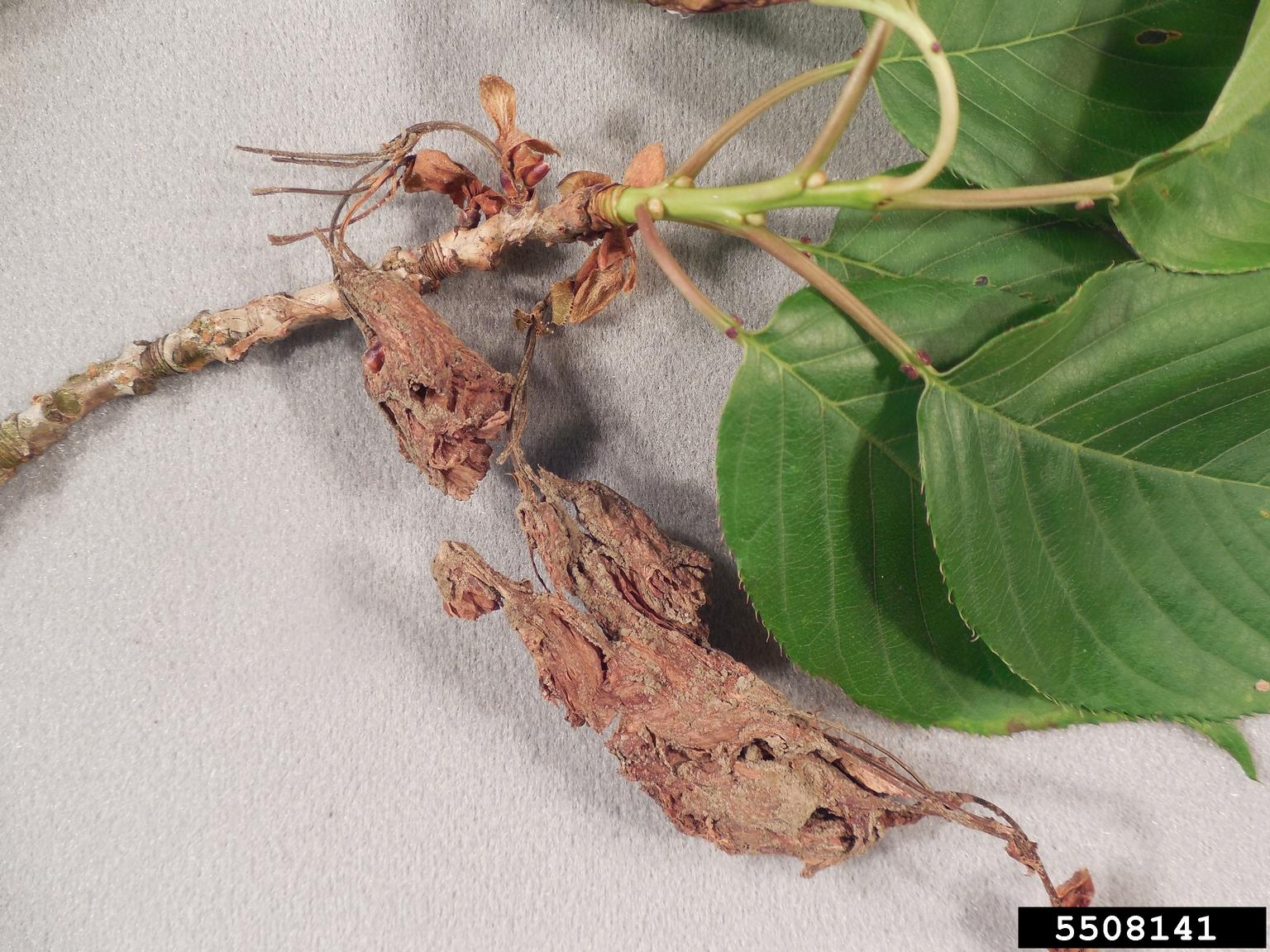

What is brown rot blossom blight? It is a disease that attacks stone fruit trees like peach, nectarine, apricot, plum, and cherry. Controlling brown rot blossom blight begins with keeping the area clean and sanitary. Read on for information on brown rot blossom and twig blight and how to manage it.
What is Brown Rot Blossom Blight?
Brown rot blossom and twig blight is a fruit tree disease that is caused by the fungus Monilinia fructicola. This blight, if left unchecked, can destroy stone fruit trees in your garden or orchard. Another type of brown rot blossom and twig blight, called European brown rot, is caused by the Monilinia laxa fungus. This type seems only to attack sour cherry trees. If a tree in your yard is infected by the brown rot fungus, you will notice. You will see cankers and rotten fruit appear on the trees. The first damage appears in spring as the flowers get infected. They brown and wilt without falling and can be covered in masses of spores. These spores can spread the infection to new foliage and twigs. The foliage and twigs are much more likely to develop the disease if they remain wet for more than five hours.
Controlling Brown Rot Blossom Blight
If your trees show signs of brown rot blossom and twig blight, you have a reason for alarm. You may be wondering about ways of controlling brown rot blossom blight. If you want to know how to treat brown rot blossom blight, a key to the management of this disease is practicing good sanitation. Brown rot blossom blight treatment begins with a clean garden. Since the disease is spread by spores, it is essential to limit the number of fungal spores in your yard. Controlling brown rot blossom and twig blight requires that you cut out or remove all rotted fruit from the area as soon as you see it. You’ll also want to remove all fallen fruit, as well as mummy fruit still hanging on the tree. Use sterilized pruners to clip out cankers in winter, while the trees are dormant. Burn all clippings and removed fruit or dispose of them in a way that prevents the spores from attacking other trees. Fungicides are an essential part of brown rot blossom blight treatment. In order to control this disease, you need to begin a fungicide spray program as soon as the trees begin to flower. Continue to use the fungicide throughout the growing season.
Gardening tips, videos, info and more delivered right to your inbox!
Sign up for the Gardening Know How newsletter today and receive a free copy of our e-book "How to Grow Delicious Tomatoes".

Teo Spengler is a master gardener and a docent at the San Francisco Botanical Garden, where she hosts public tours. She has studied horticulture and written about nature, trees, plants, and gardening for more than two decades. Her extended family includes some 30 houseplants and hundreds of outdoor plants, including 250 trees, which are her main passion. Spengler currently splits her life between San Francisco and the French Basque Country, though she was raised in Alaska, giving her experience of gardening in a range of climates.
-
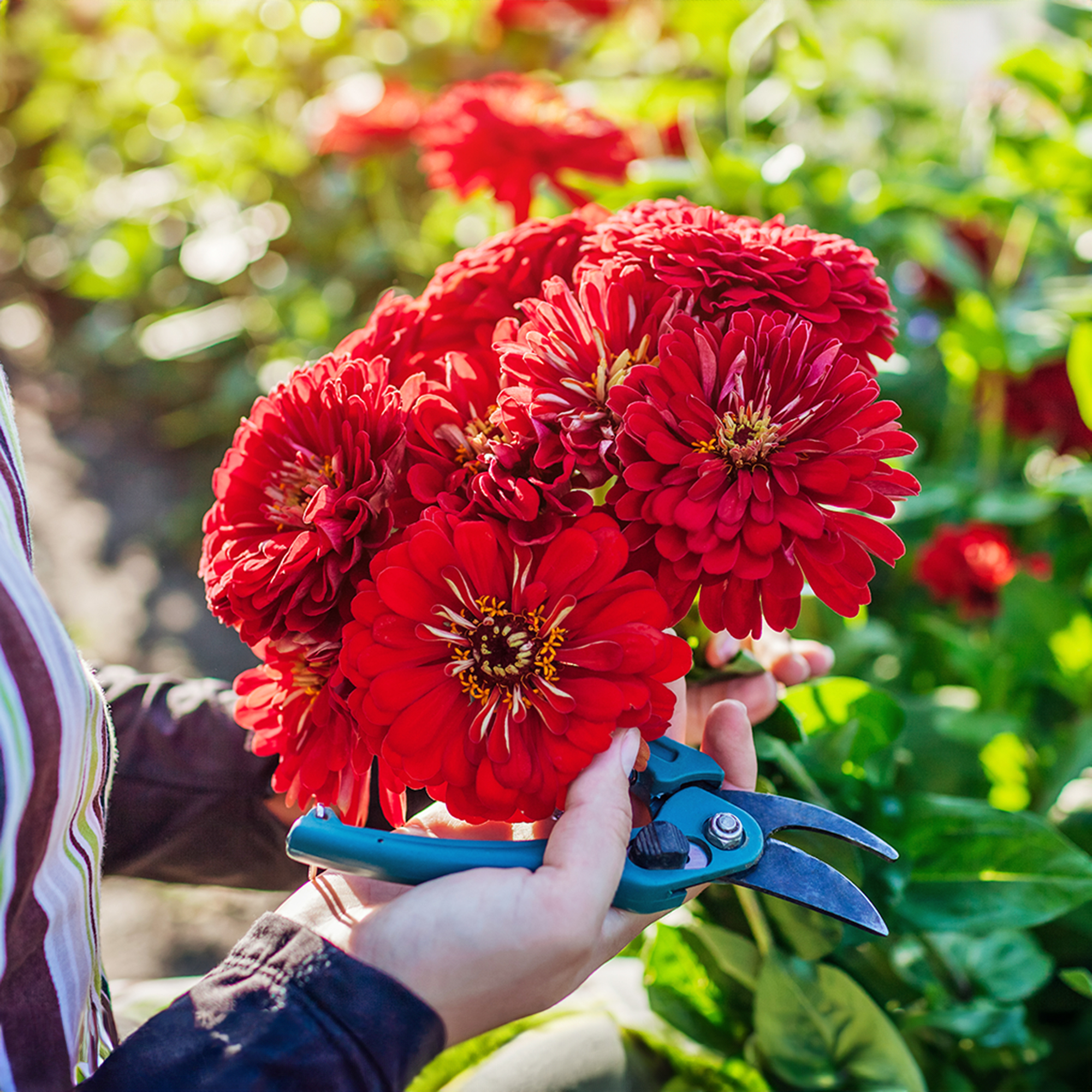 Zinnias On Repeat: 10 Glorious Cut-And-Come-Again Varieties For Endless Summer Bouquets
Zinnias On Repeat: 10 Glorious Cut-And-Come-Again Varieties For Endless Summer BouquetsThese zinnia varieties keep giving all summer, making them the perfect choice for dedicated cutting gardens – or just the occasional homegrown bouquet.
By Ellen Wells
-
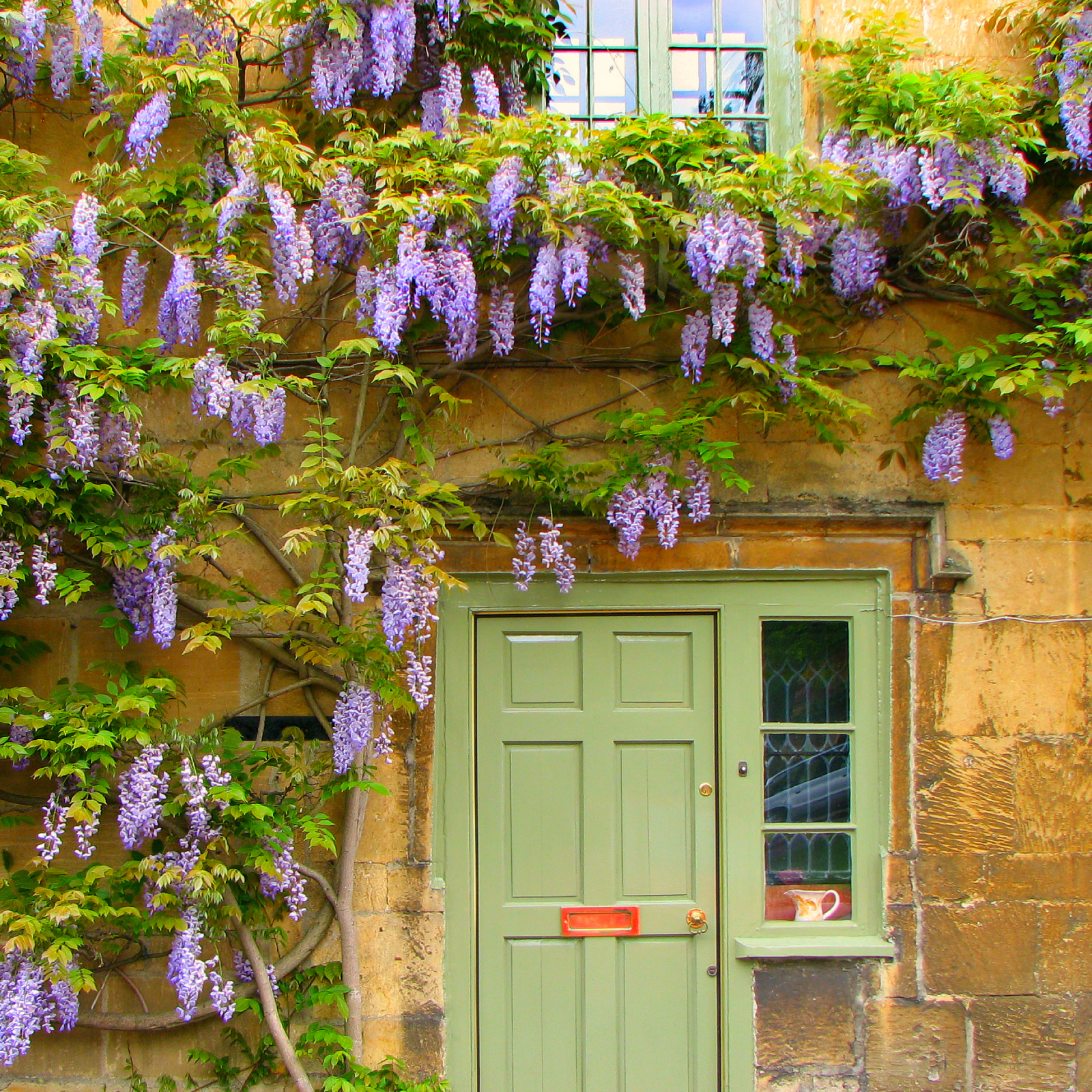 Create A Romantic Garden Straight Out Of Bridgerton: Regency Era Romance In Your Garden
Create A Romantic Garden Straight Out Of Bridgerton: Regency Era Romance In Your GardenTry some romantic garden ideas straight out of Bridgerton. Flowers and gardens in the Regency era were lush and charming and you can get the same look!
By Bonnie L. Grant
-
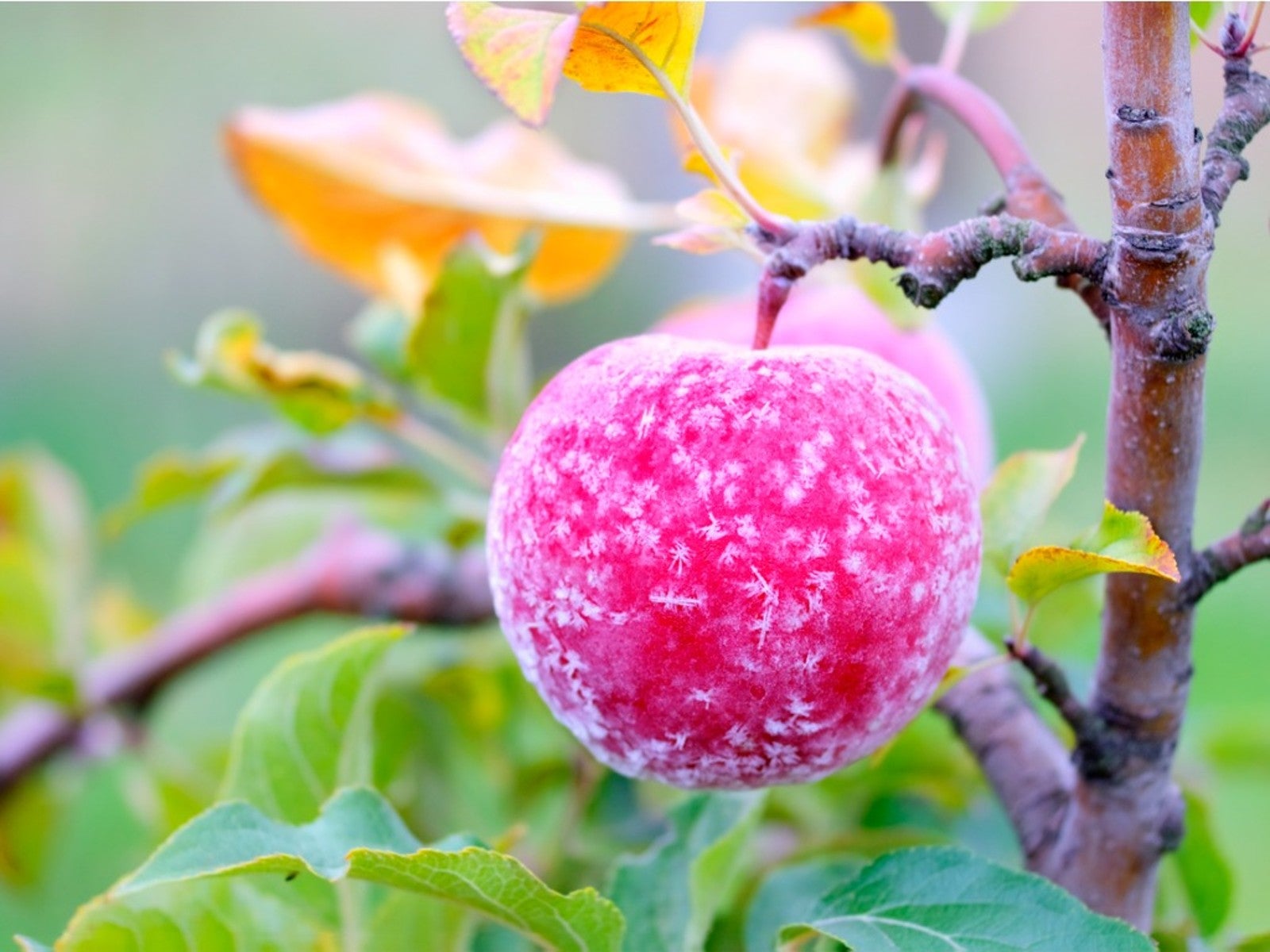 How To Protect Fruit Trees From Frost And Freeze
How To Protect Fruit Trees From Frost And FreezeChoosing fruit trees appropriate for your growing zone is best, but you still may need to protect them from extreme cold. Read how.
By Bonnie L. Grant
-
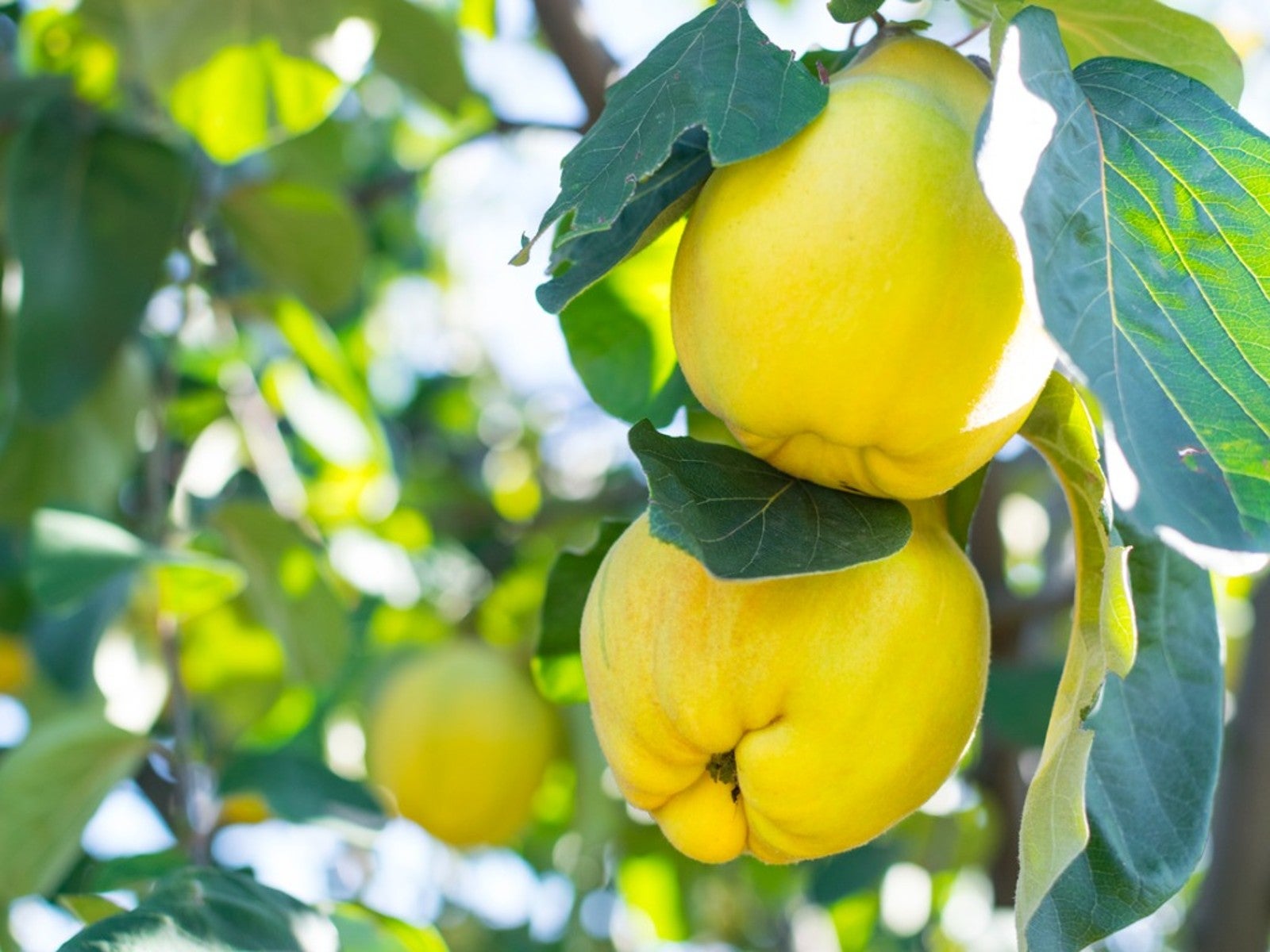 Best Plants For Late Summer and Fall Fruit Harvest
Best Plants For Late Summer and Fall Fruit HarvestEven if you don’t have the optimal conditions for more common fruit trees, there are other end of summer fruits to enjoy.
By Teo Spengler
-
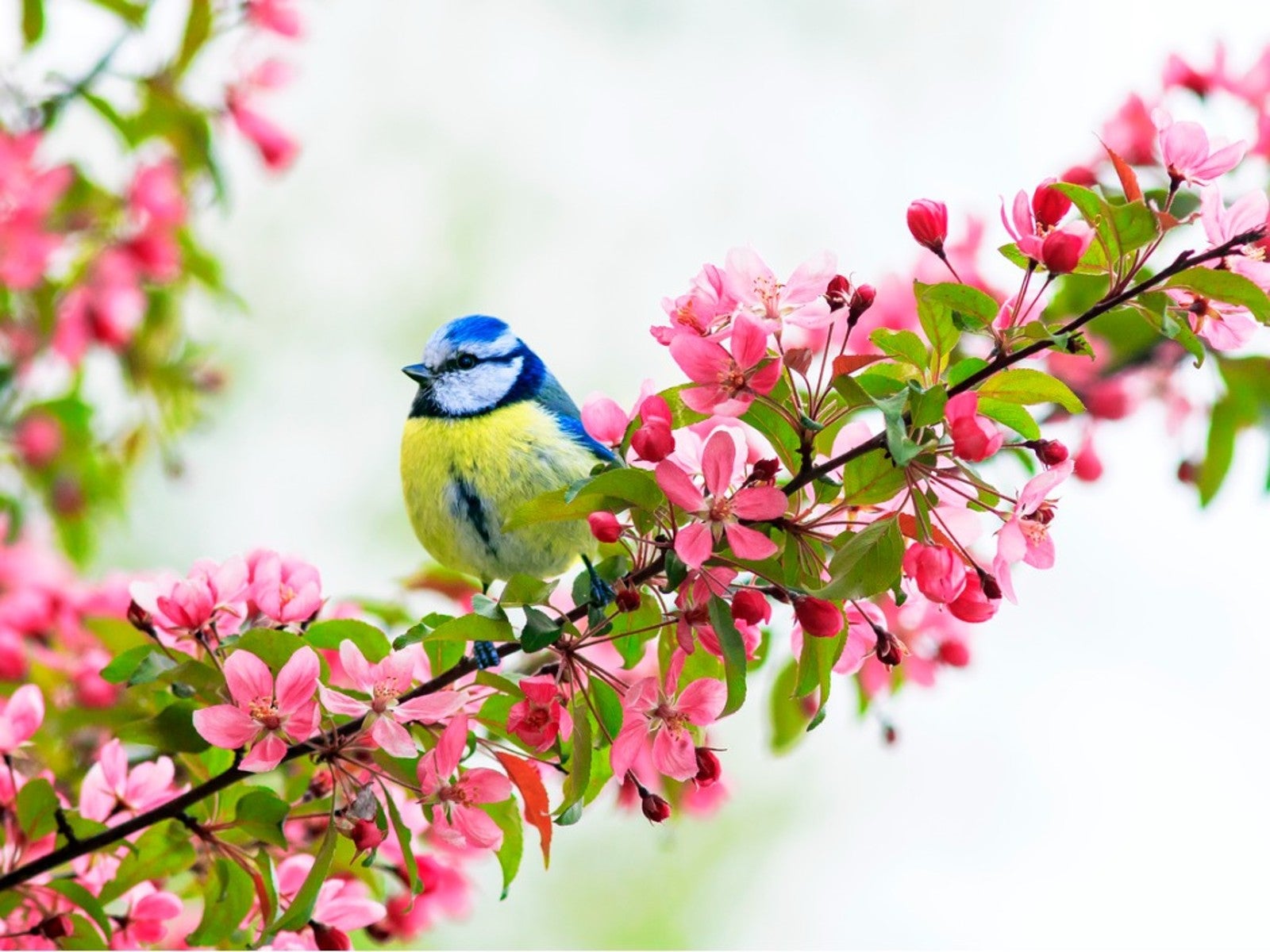 Best Native Fruit Trees To Support Wildlife
Best Native Fruit Trees To Support WildlifeIf you want trees that will attract and feed wildlife, learn the best kinds of edible fruit and nut trees to plant for inviting specific creatures.
By Teo Spengler
-
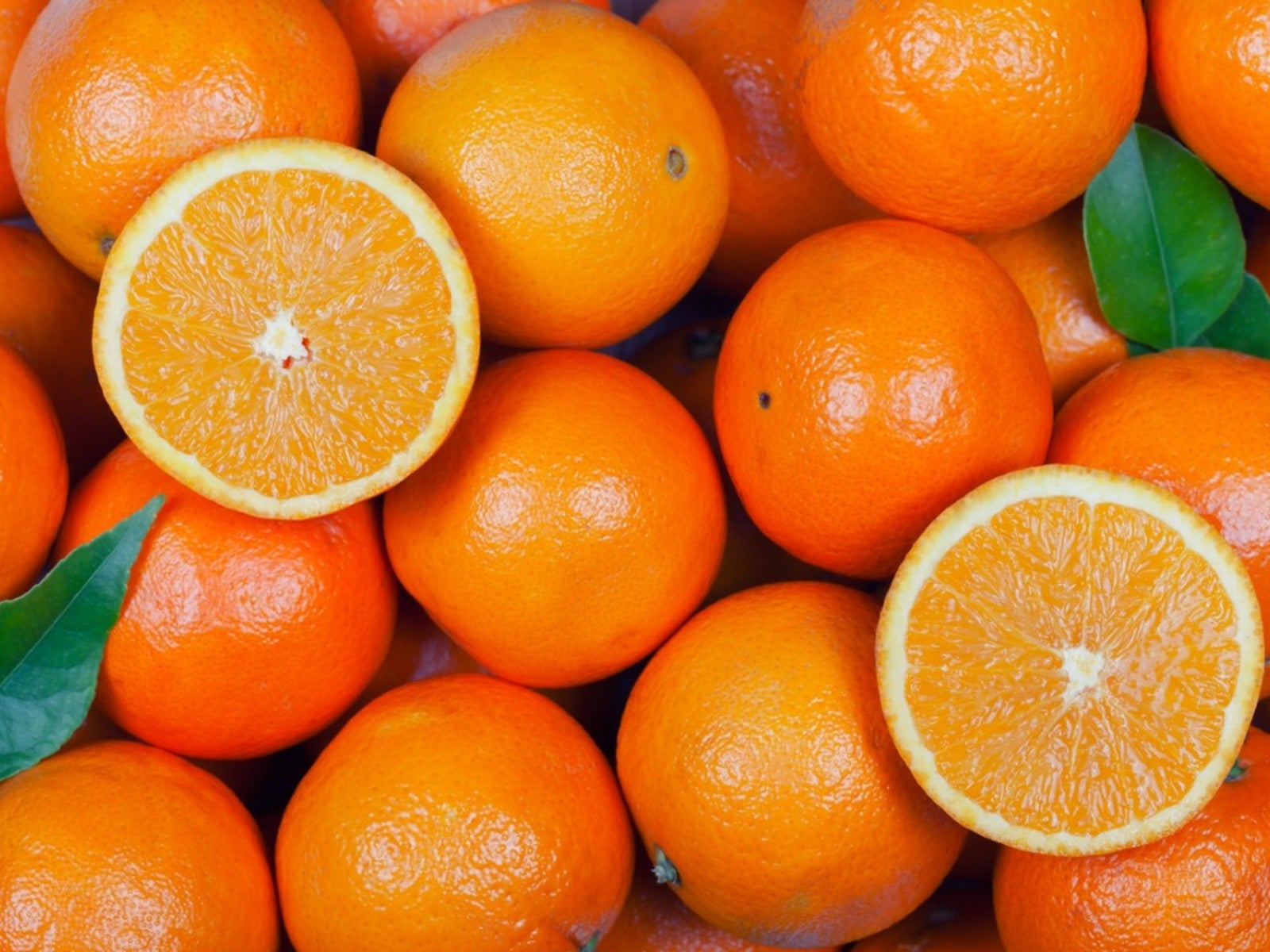 Orange Fruit Varieties: Growing Fruits That Are Orange
Orange Fruit Varieties: Growing Fruits That Are OrangeOrange colored fruit isn’t limited to the citrus orange. There are plenty of other orange colored fruit varieties, each packing a healthful punch. Read on for more.
By Amy Grant
-
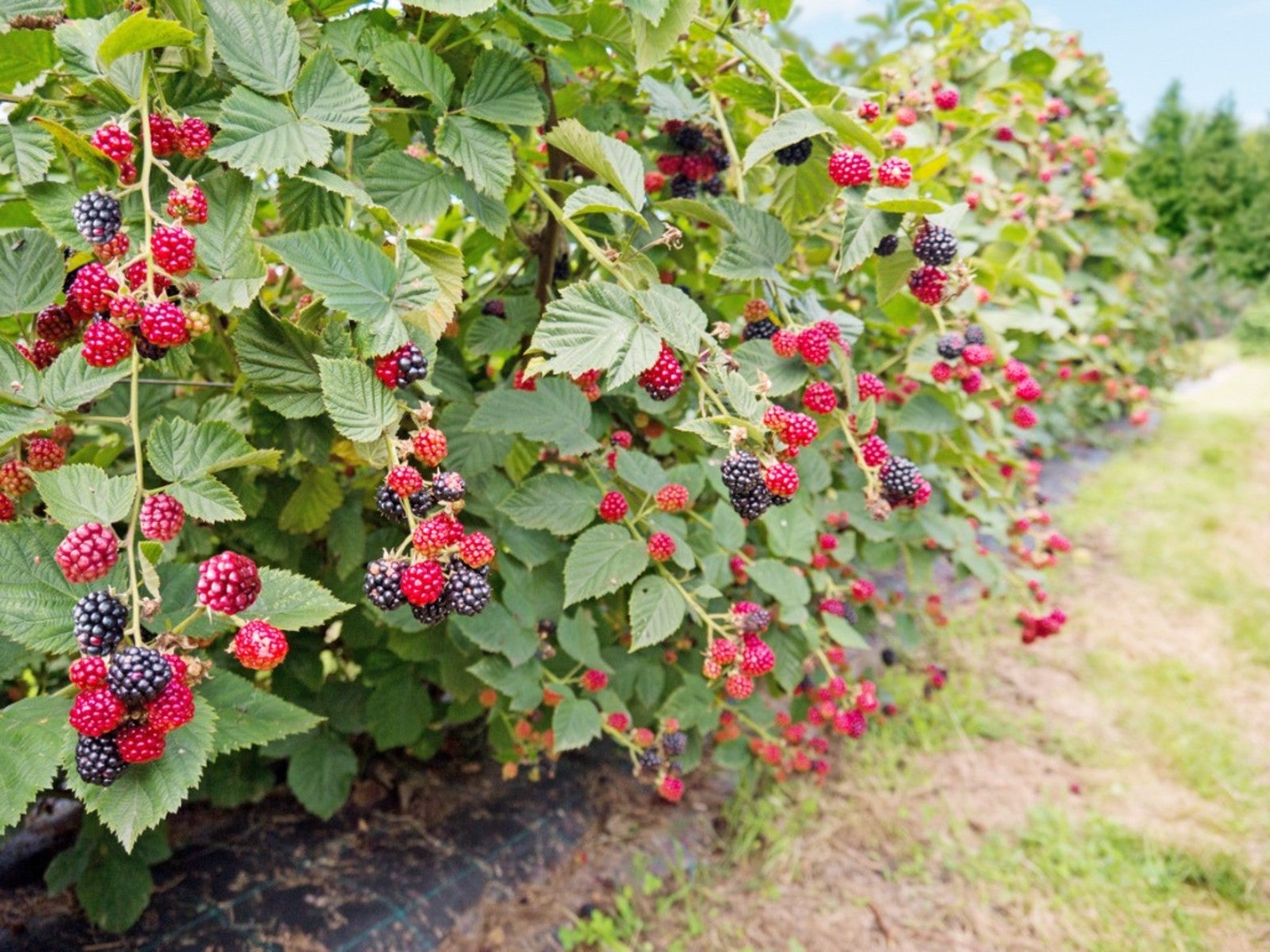 Everbearing Plants: Learn About Everbearing Varieties Of Fruit
Everbearing Plants: Learn About Everbearing Varieties Of FruitWhat does everbearing mean? And more importantly, how do everbearing varieties differ from non-everbearing types? Read on for more.
By Laura Miller
-
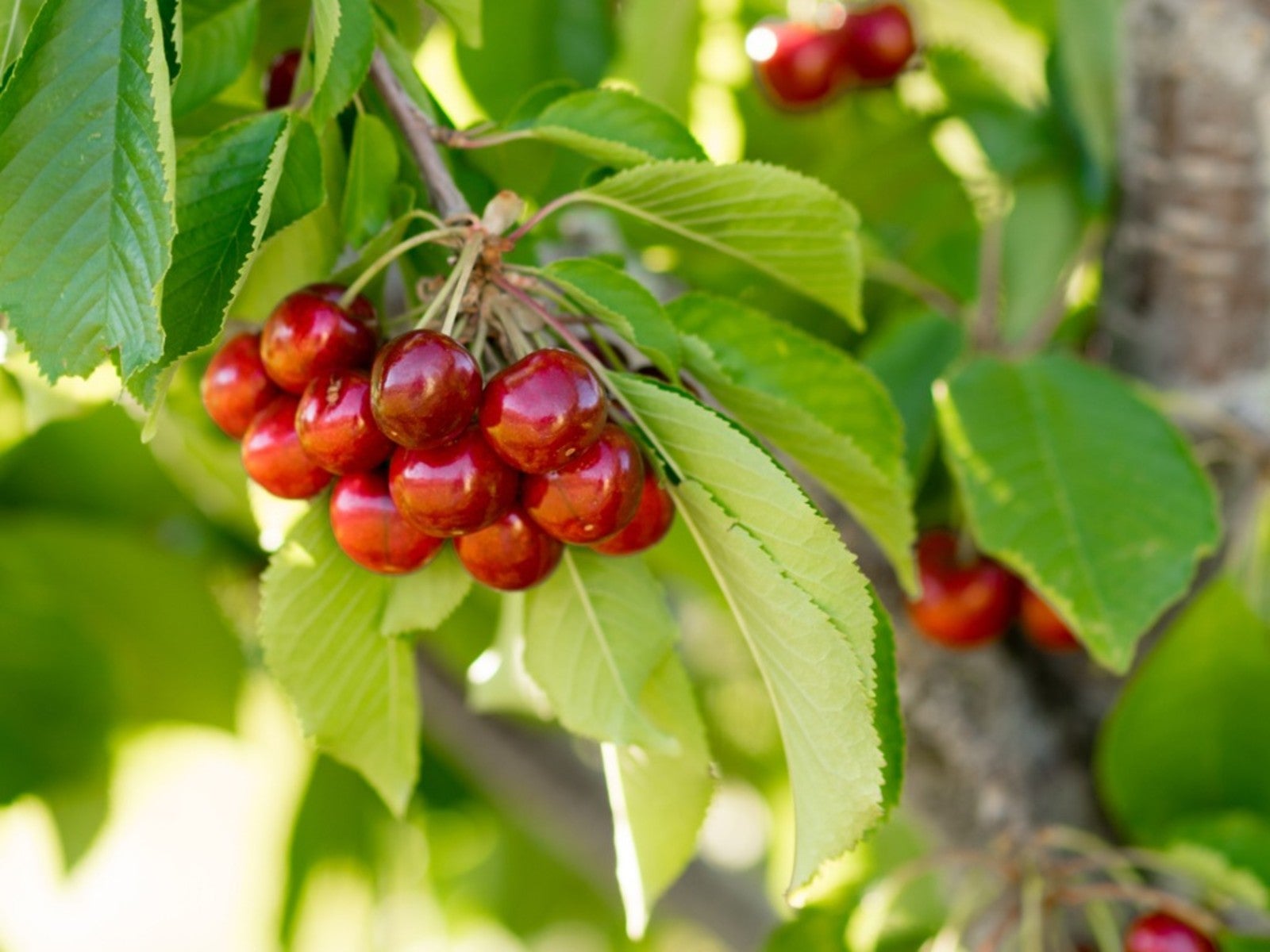 Plant A Red Fruit Garden: Growing Fruits With Red Flesh
Plant A Red Fruit Garden: Growing Fruits With Red FleshPlanting a red fruit garden may seem a bit whimsical. That is, until you realize the health benefits of consuming fruits with red flesh.
By Laura Miller
-
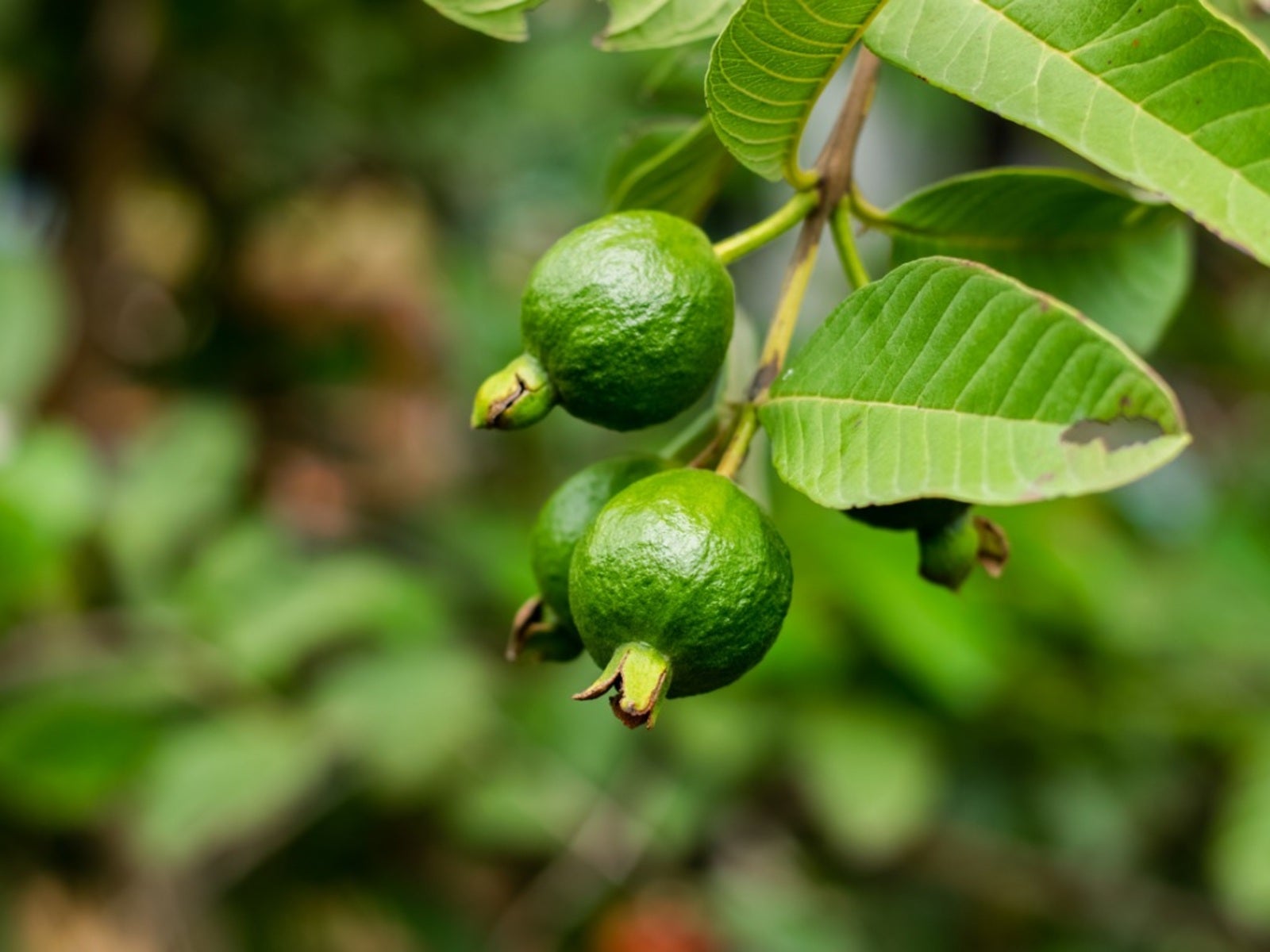 Heat Tolerant Fruits - Growing Fruit In Hot Weather
Heat Tolerant Fruits - Growing Fruit In Hot WeatherSome fruit grows in extreme heat naturally. But there are also specially cultivated, heat-tolerant varieties. For more information on heat tolerant fruits, read on.
By Teo Spengler
-
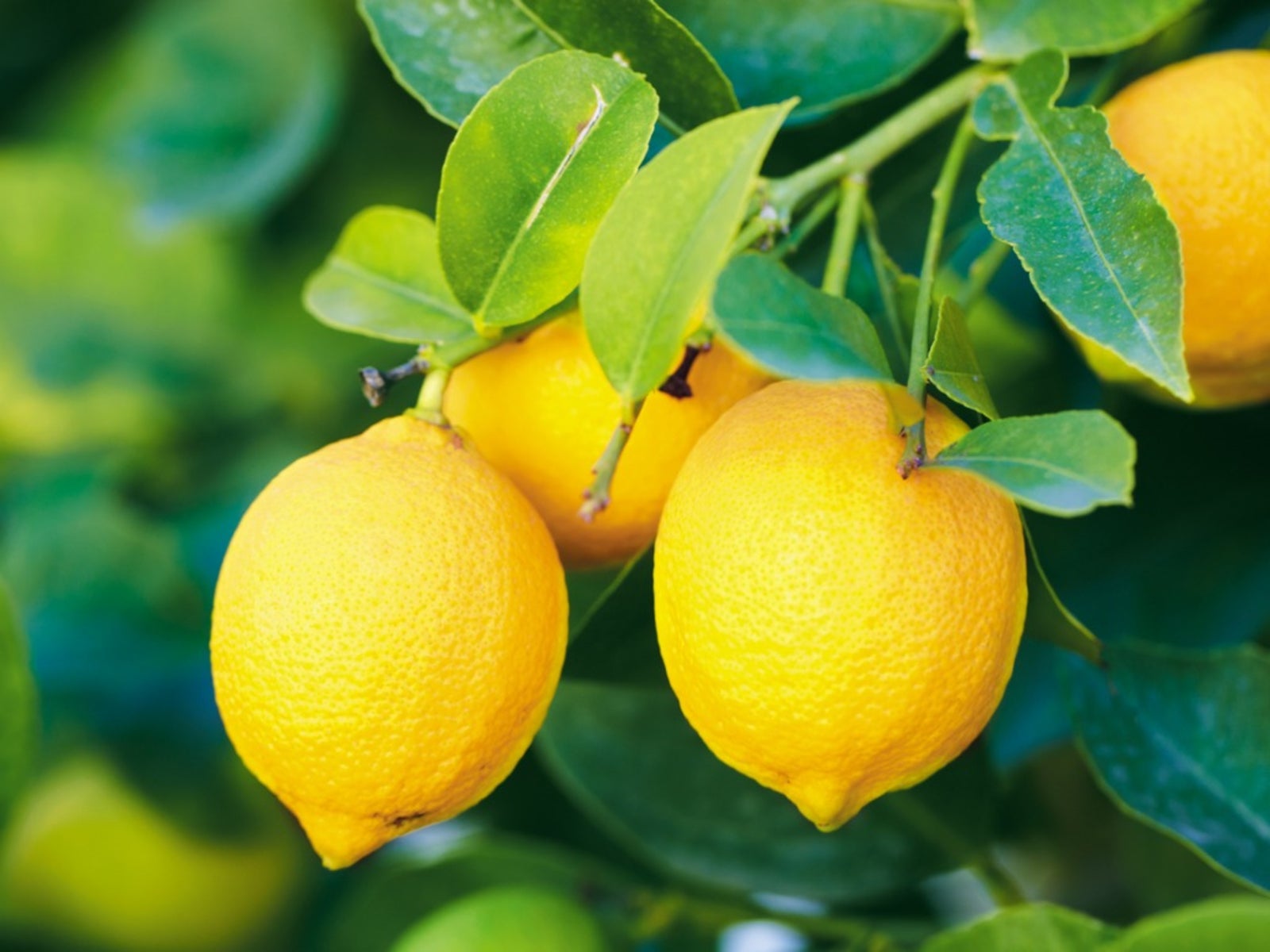 Yellow Fruit Varieties - Growing Fruit That Is Yellow
Yellow Fruit Varieties - Growing Fruit That Is YellowWhat fruit is yellow? There's more than the bananas at the supermarket. Try growing yellow fruit for a consistent supply of sunny food.
By Bonnie L. Grant